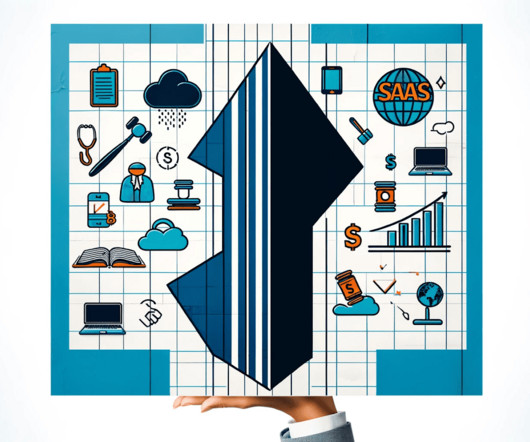Recurring Payments: Definition and Implementation Best Practices
Stax
FEBRUARY 26, 2024
The commerce landscape—whether it’s retail, services or software—is moving faster than ever. That’s why businesses are constantly seeking innovative ways to streamline operations and enhance customer experiences. Industry data shows that subscription-based businesses are growing 3.7x How Do Recurring Payments Work?
















Let's personalize your content